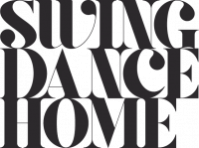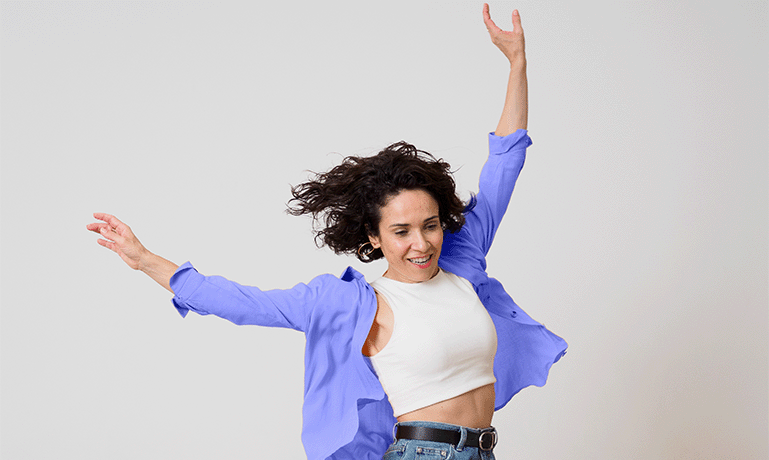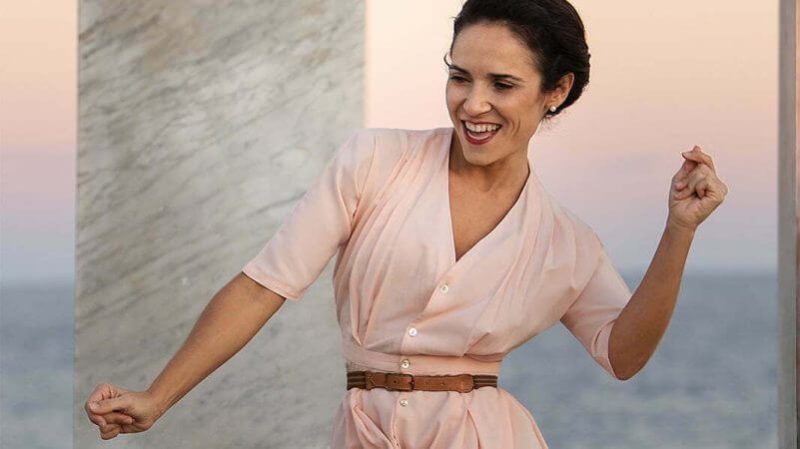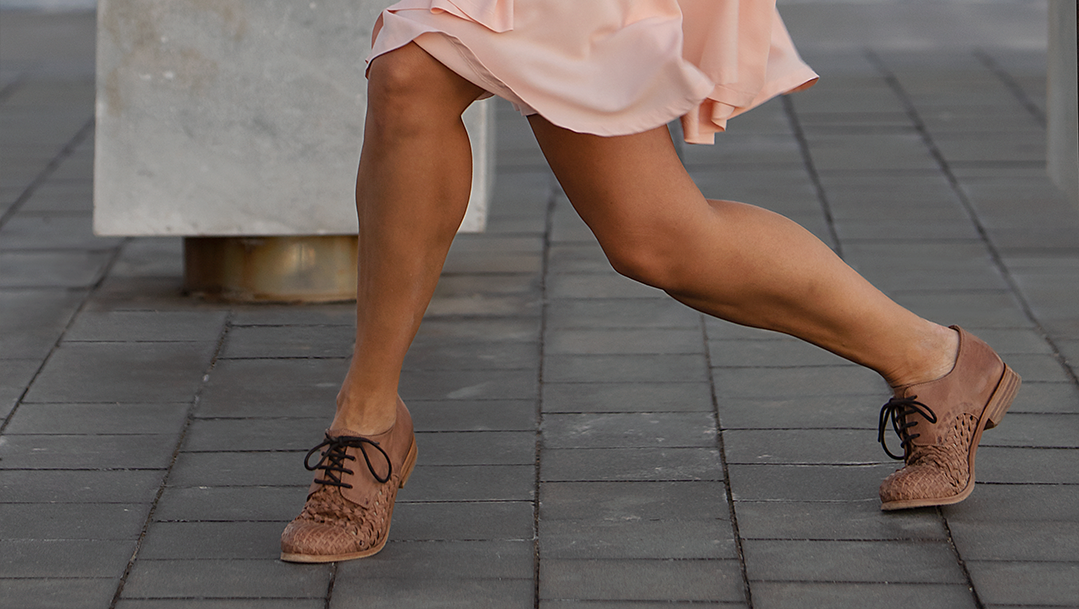SOLO JAZZ FOR BEGINNERS: Spanish & English
If you want to learn Solo Jazz from scratch, this is the course for you! You will have a blast while learning the steps ...
Show more
Instructor
Roser Ros
177
Students
enrolled
- Description
- Classes
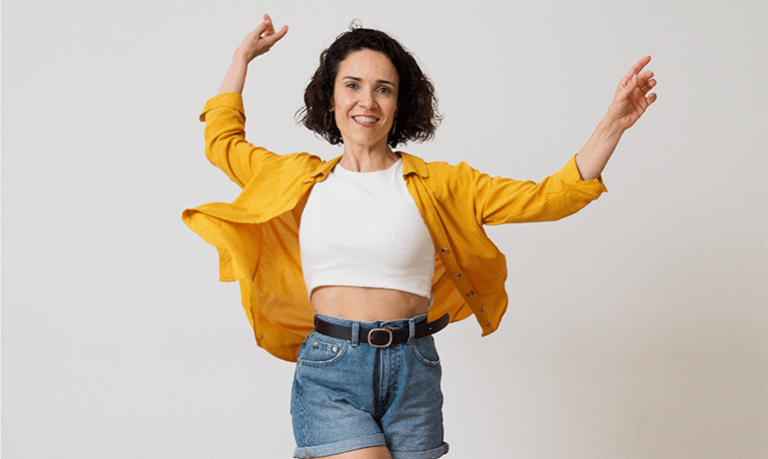
-
1Let's warm up!
-
2Important points before starting the Solo Jazz course
-
3Fall of the log and brushes
-
4Why do we improvise?
-
5Let's improvise together 1!
-
6Knee slap and box step
-
7Let's improvide together 2!
-
8Rocks
-
9Let's improvise together 3!
-
10Cross over and cross step or mambo
-
11Let's improvise together 4!
-
12Kick ball change
-
13Let's improvise together 5!
-
14"Little Jazz" routine. Part 1
-
15"Little Jazz" routine. Part 2
-
16"Little Jazz" routine. Part 3
-
17"Little Jazz" routine - canción para practicar
Cookies
We serve cookies. If you think that's OK, just click "Accept all". You can also choose what kind of cookies you want by clicking "Settings".
Read our cookie policy
Cookies
Choose what kind of cookies to accept. Your choice will be saved for one year.
Read our cookie policy
-
Necessary
These cookies are not optional. They are needed for the website to function. -
Statistics
In order for us to improve the website's functionality and structure, based on how the website is used. -
Experience
In order for our website to perform as well as possible during your visit. If you refuse these cookies, some functionality will disappear from the website. -
Marketing
By sharing your interests and behaviour as you visit our site, you increase the chance of seeing personalised content and offers.
